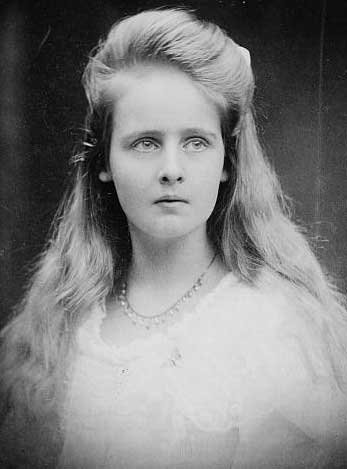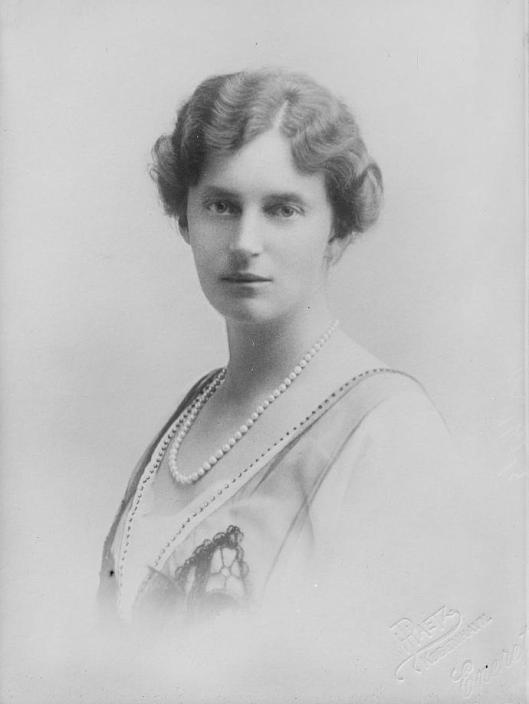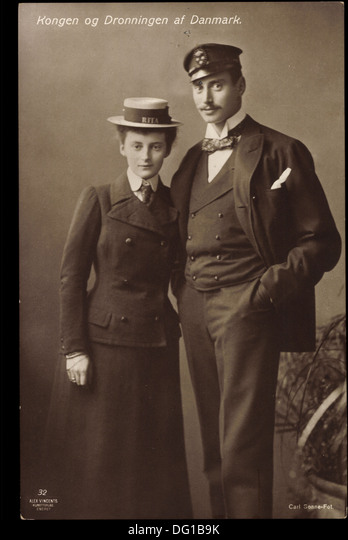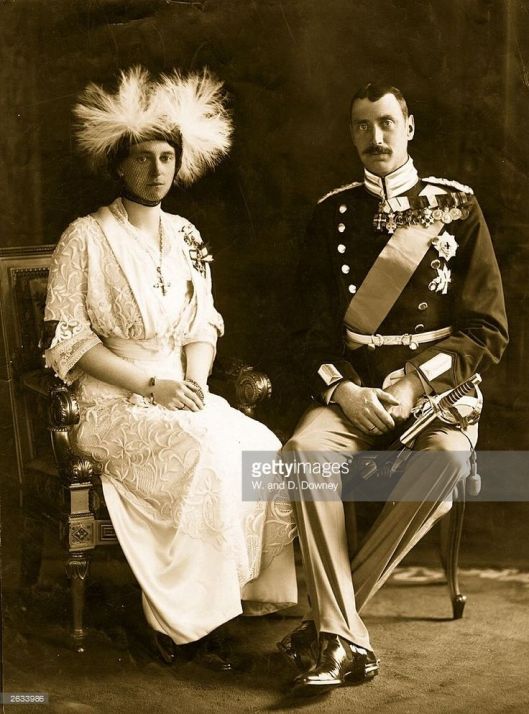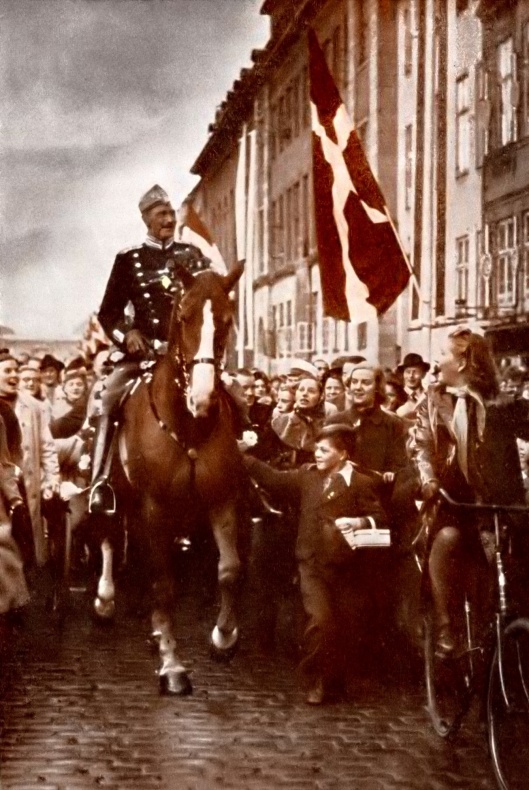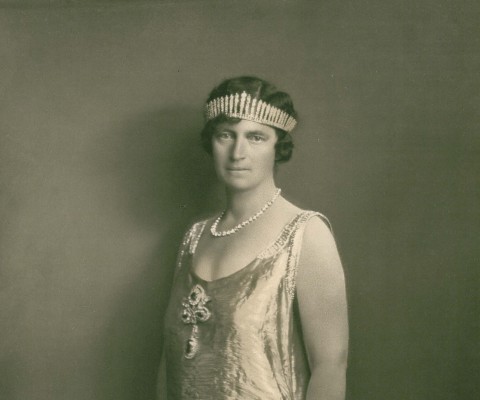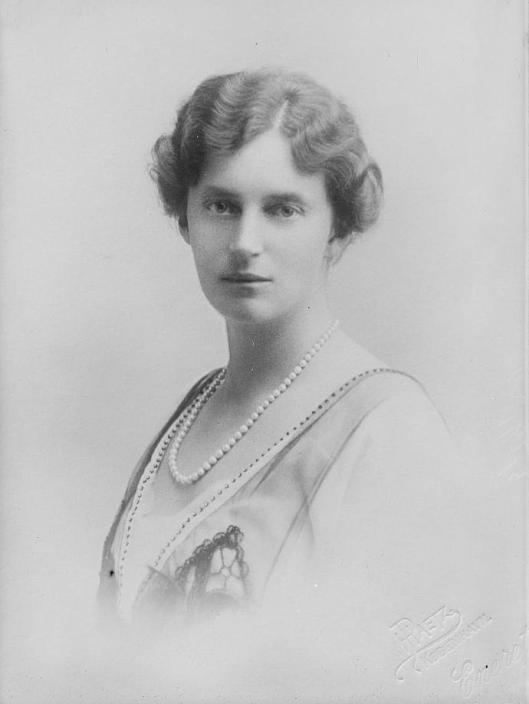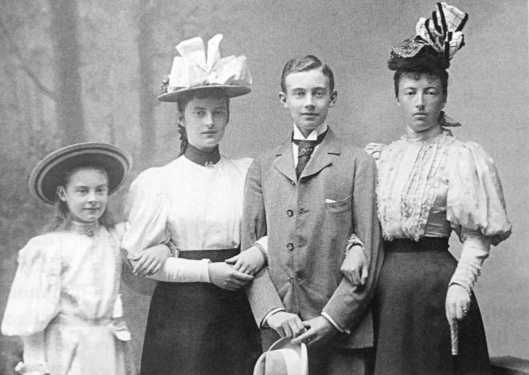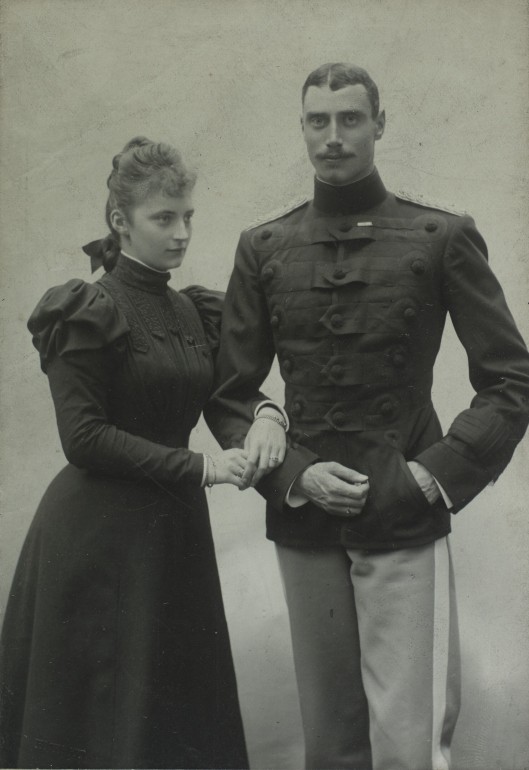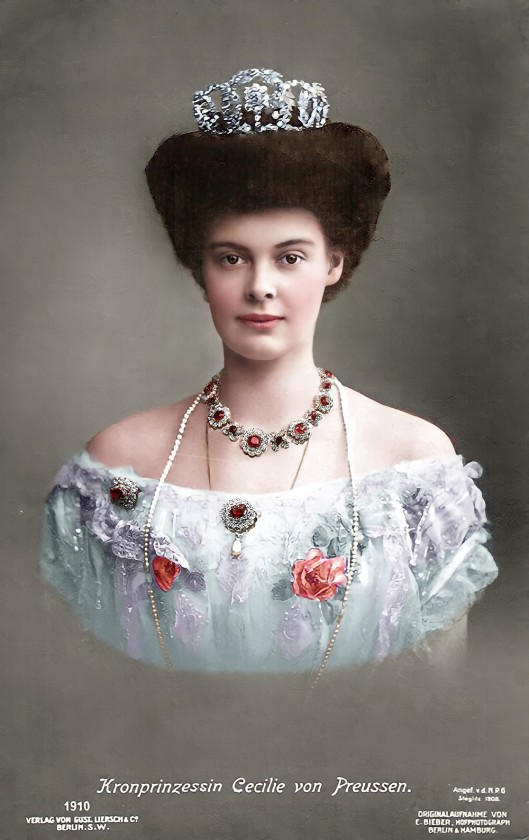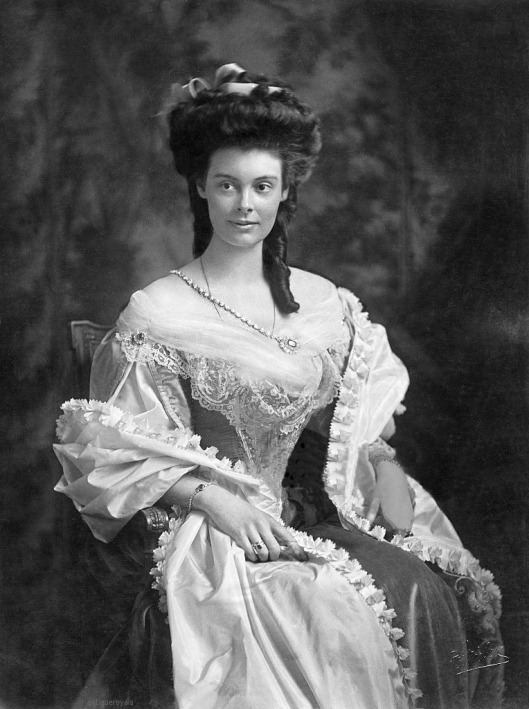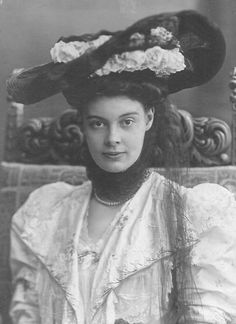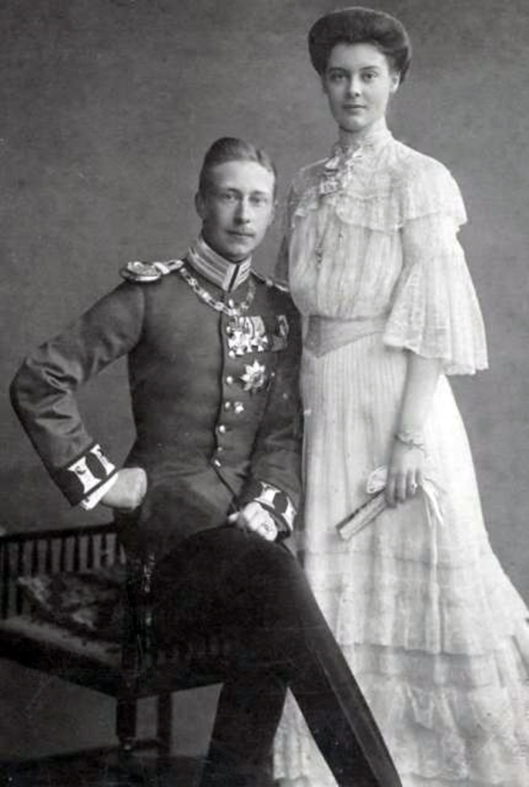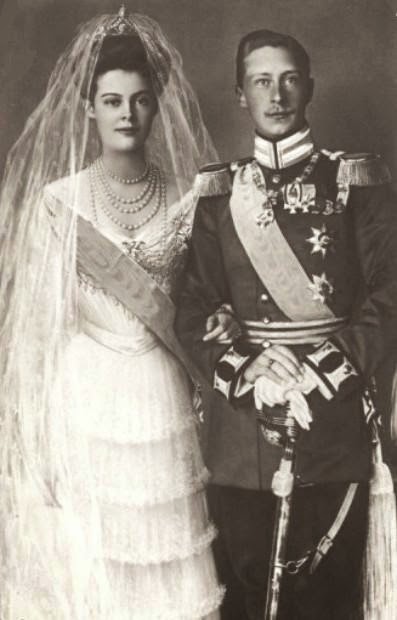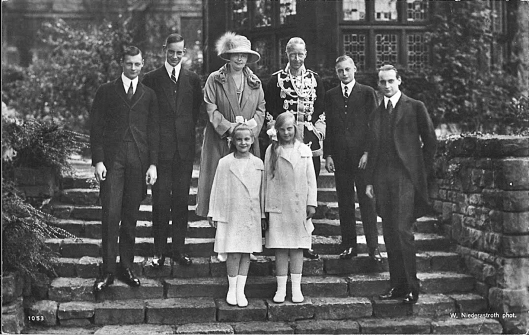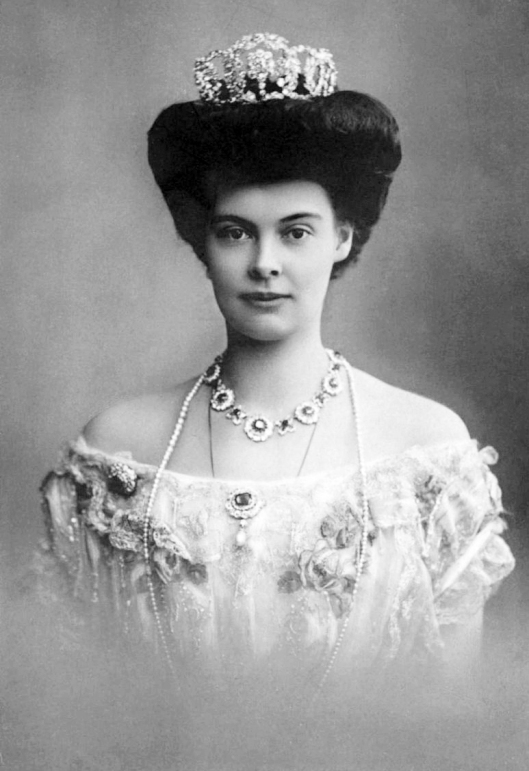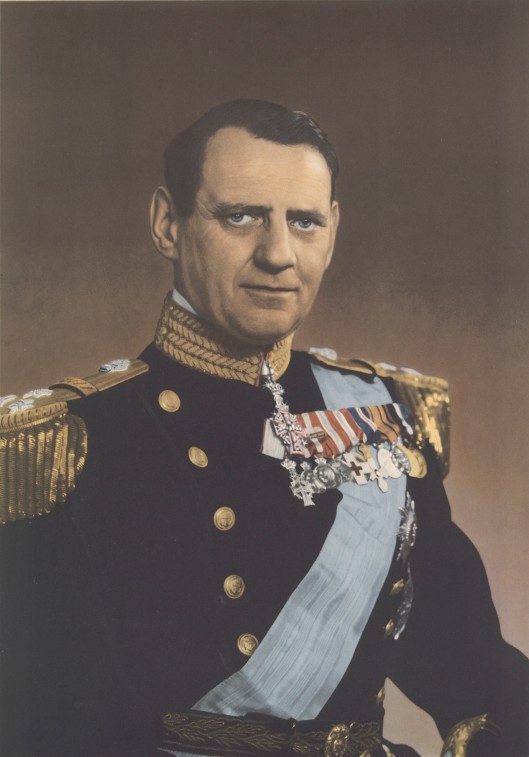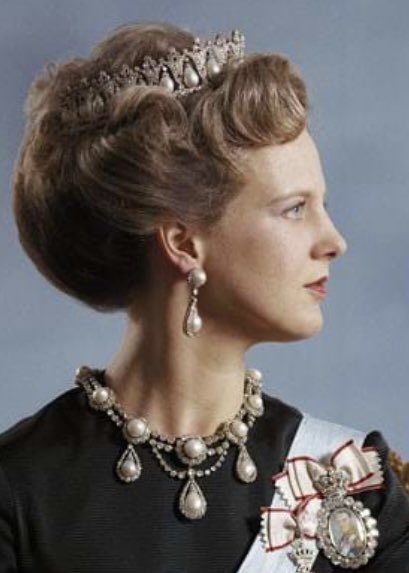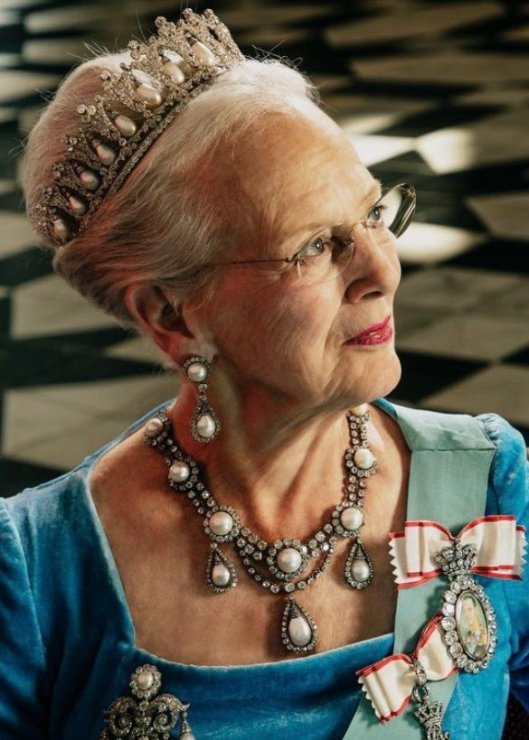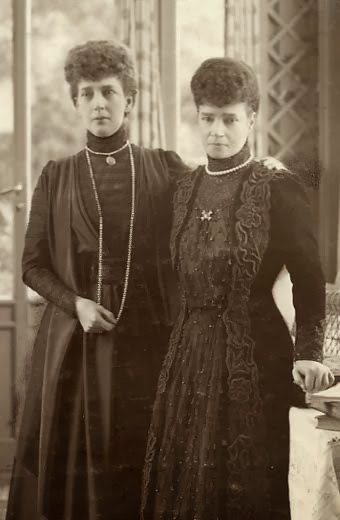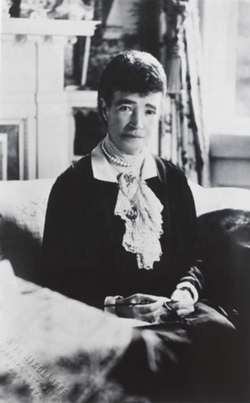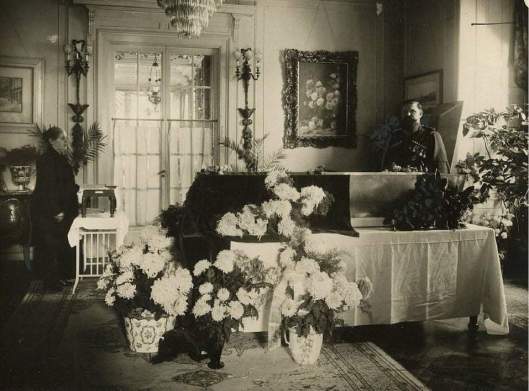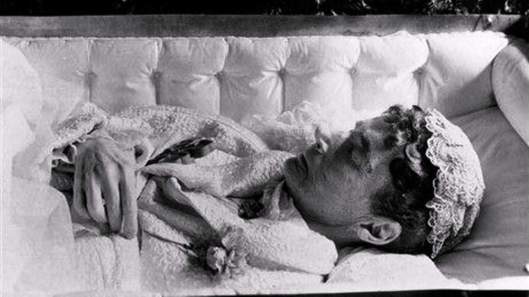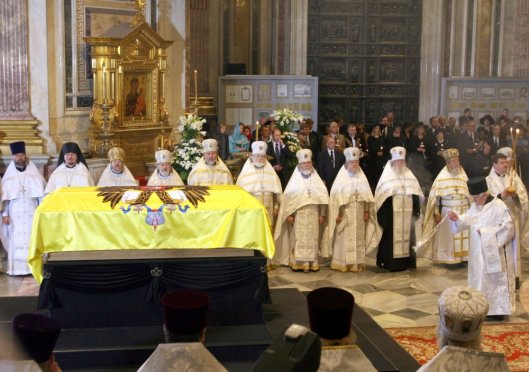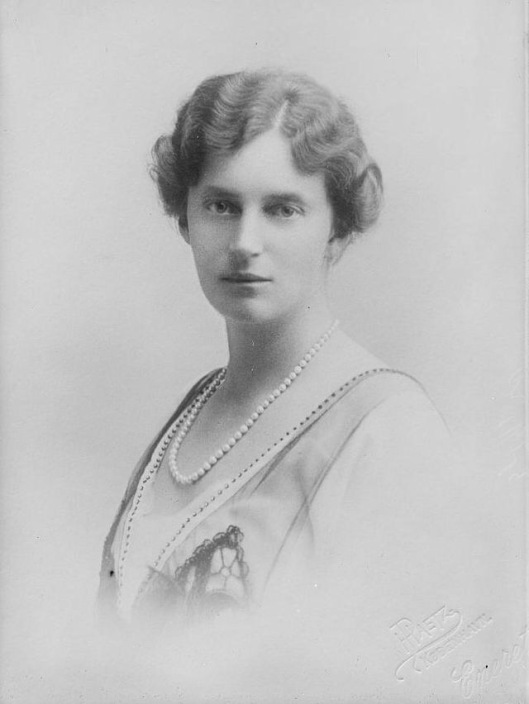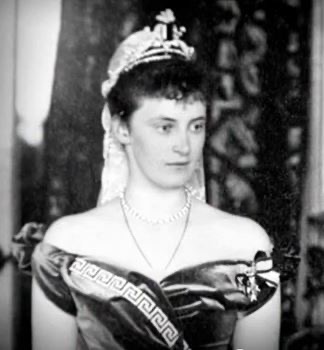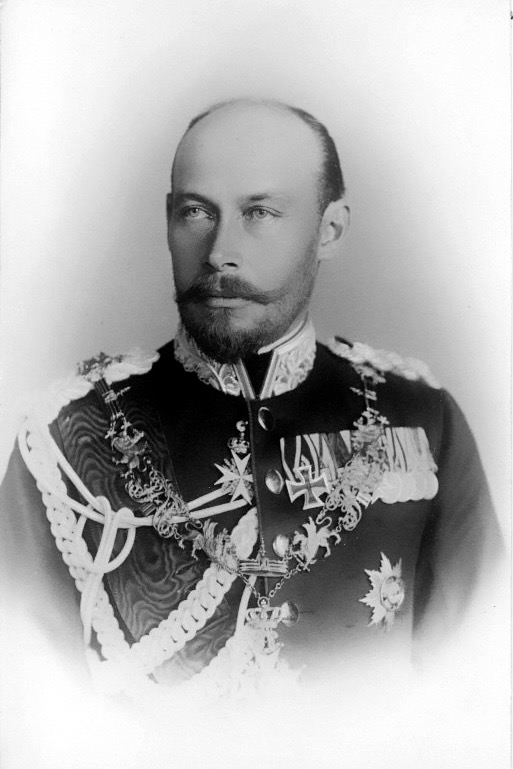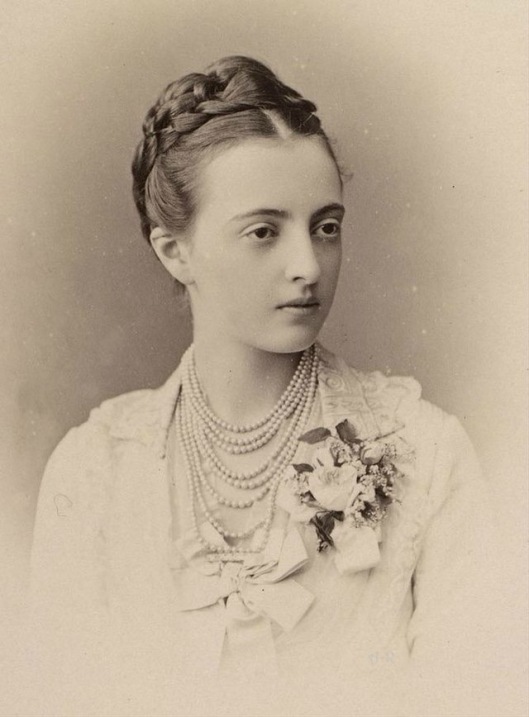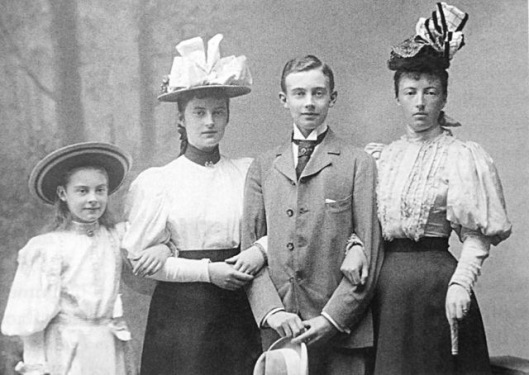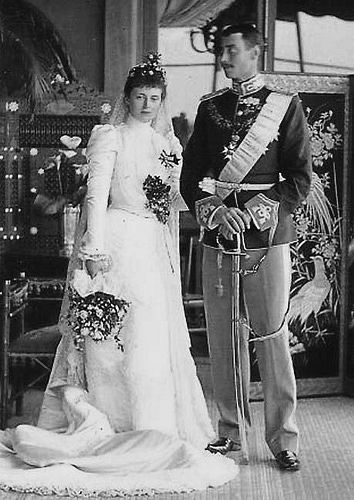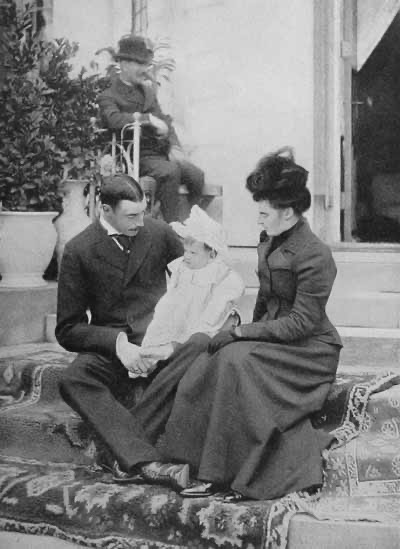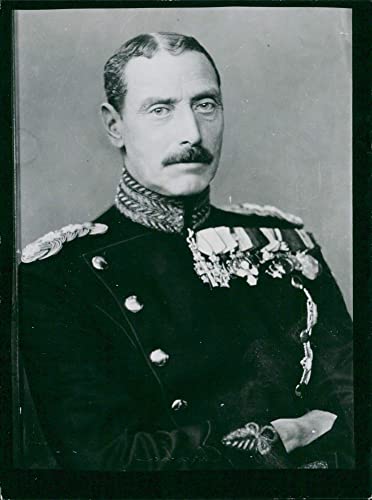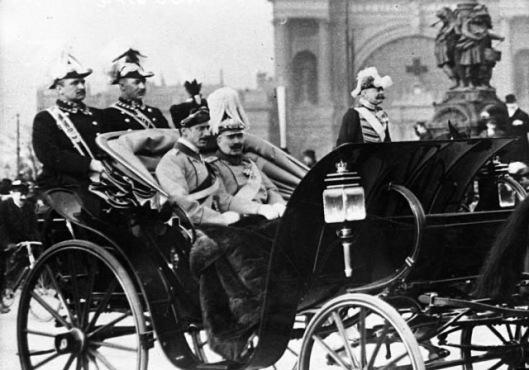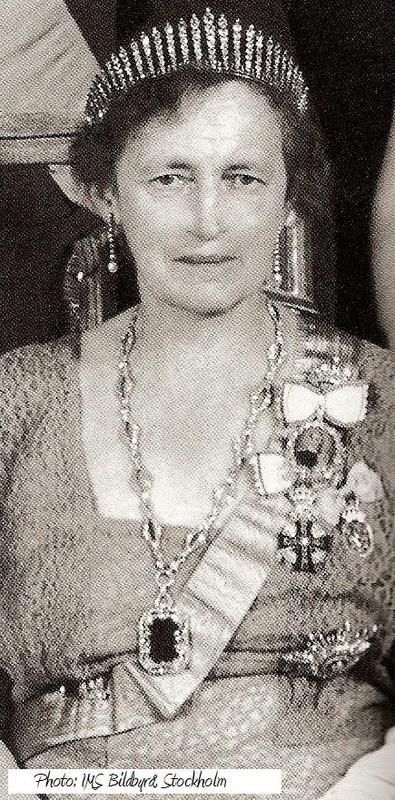Tags
Amalienborg Palace, Duchess Alexandrine of Mecklenburg-Schwerin, King Christian IX of Denmark, King Christian X of Denmark, King Frederik IX of Denmark, King Frederik VIII of Denmark, King of Iceland, Queen Victoria of the United Kingdom, World War I, World War ii
Christian X (September 26, 1870 – April 20, 1947) was King of Denmark from 1912 to his death in 1947, and the only King of Iceland as Kristján X, in the form of a personal union rather than a political union between 1918 and 1944.
Christian was born on September 26, 1870 at his parents’ country residence, the Charlottenlund Palace, located on the shores of the Øresund Strait 10 kilometers north of Copenhagen on the island of Zealand in Denmark, during the reign of his paternal grandfather, King Christian IX.
Christian was the first child of Crown Prince Frederik of Denmark and his wife Louise of Sweden. His father was the eldest son of King Christian IX of Denmark and Louise of Hesse-Cassel, and his mother was the only daughter of King Carl XV of Sweden and Norway and Louise of the Netherlands.
He was a member of the House of Schleswig-Holstein-Sondenburg-Glücksburg, a branch of the House of Oldenburg, and the first monarch since King Frederik VII born into the Danish royal family; both his father and his grandfather were born as princes of a ducal family from Schleswig.
Among his siblings was King Haakon VII of Norway. His son became Frederik IX of Denmark. Among his cousins were King George V of the United Kingdom, Emperor Nicholas II of Russia, and King Constantine I of Greece, while Queen Maud of Norway, was both his cousin and sister-in-law.
As a young man, Prince Christian fell in love with the French Princess Marguerite of Orléans, who was the younger sister of his uncle Prince Valdemar’s wife Princess Marie of Orléans.
Princess Marguerite of Orléans (1869 – 1940) was a member of the House of Orléans, daughter of Prince Robert d’Orléans, Duke of Chartres and Princess Françoise d’Orléans. She bore the courtesy title of Princess of Orleans. Both of her parents were grandchildren of the French King, Louis Philippe I of France.
Prince Christian’s feelings, however, were not reciprocated, and after a few years of unhappy infatuation, she married in 1896 Marie Armand Patrice de Mac Mahon, 2nd Duke of Magenta, son of the French Marshal and President Patrice de MacMahon.
Christian married Duchess Alexandrine of Mecklenburg-Schwerin in Cannes on 26 April 1898; she was a daughter of Friedrich Franz III, Grand Duke of Mecklenburg-Schwerin, and Grand Duchess Anastasia Mikhailovna of Russia, the only daughter and second child of Grand Duke Michael Nicolaievich of Russia and his wife Princess Cecilie of Baden. Paternally, she was a granddaughter of Emperor Nicholas I of Russia.
Duchess Alexandrine had a sister, Duchess Cecilie of Mecklenburg-Schwerin, (1886 – 1954), who married Prince Wilhelm of Prussia German Crown Prince the eldest son and child of the eldest child of Wilhelm II, German Emperor and King of Prussia and his wife Princess Augusta Victoria of Schleswig-Holstein-Sonderburg-Augustenburg, and thus a great-grandson of Queen Victoria of the United Kingdom. As Emperor Wilhelm’s heir, he was the last Crown Prince of the German Empire and the Kingdom of Prussia, until the abolition of the monarchy.
Duchess Alexandrine eventually became his queen consort. They had two sons:
1. Prince Frederik (1899–1972), later King Frederik IX of Denmark
2. Prince Knud (1900–1976), later Knud, Hereditary Prince of Denmark
The couple were given Christian VIII’s Palace at Amalienborg Palace in Copenhagen as their residence and Sorgenfri Palace north of Copenhagen as a summer residence. Furthermore, the couple received Marselisborg Palace in Aarhus as a wedding present from the people of Denmark in 1898. In 1914, the King also built the villa Klitgården in Skagen.
On May 14, 1912, King Frederik VIII died at the age of 68 after collapsing from shortness of breath while taking an evening walk in Hamburg, Germany. He had been returning from a recuperation stay in Nice, France, and was staying anonymously in the city before continuing to Copenhagen.
Prince Christian was in Copenhagen when he heard about his father’s demise and succeeded to the throne at the age of 41. He was proclaimed king from the balcony of Christian VII’s Palace at Amalienborg by the Prime Minister Klaus Berntsen as King Christian X.
His character has been described as authoritarian and he strongly stressed the importance of royal dignity and power. His reluctance to fully embrace democracy resulted in the Easter Crisis of 1920, in which he dismissed the democratically elected Social Liberal cabinet with which he disagreed, and installed one of his own choosing.
This action was in accordance with the letter of the constitution, but the principle of parliamentarianism had been considered a constitutional custom since 1901.
Faced with mass demonstrations, a general strike organized by the Social Democrats and the risk of the monarchy being overthrown he was forced to accept that a monarch could not keep a government in office against the will of parliament, as well as his reduced role as a symbolic head of state.
During the German occupation of Denmark, Christian became a popular symbol of resistance, particularly because of the symbolic value of the fact that he rode every day through the streets of Copenhagen unaccompanied by guards.
With a reign spanning two world wars, and his role as a rallying symbol for Danish national sentiment during the German occupation, he became one of the most popular Danish monarchs of modern times. King Christian X was known to parade through town on his horse, Jubilee.
Death
On his death in Amalienborg Palace, Copenhagen, in 1947, Christian X was interred along with other members of the Danish royal family in Roskilde Cathedral near Copenhagen. Although he had been behind the politics of Erik Scavenius, a cloth armband of the type worn by members of the Danish resistance movement was placed on his coffin under a castrum doloris.
King Christian X of Denmark was succeeded by his eldest son Prince Frederik who became King Frederik IX of Denmark.


